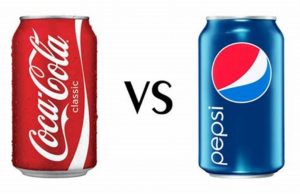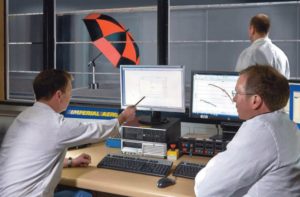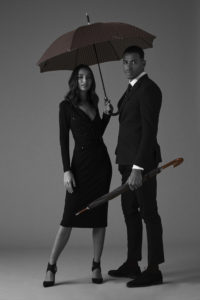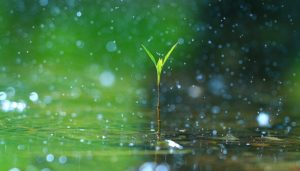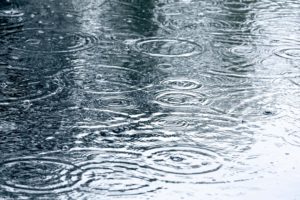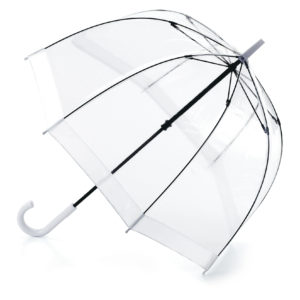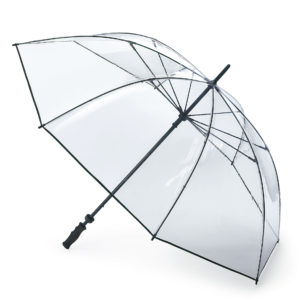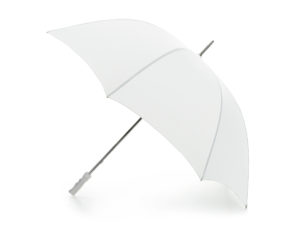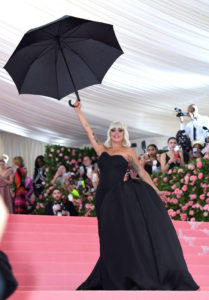The UK is a bustling hub for prospective fashion employees, with many degree courses and further education options on offer for those wanting to secure a career in the industry. A little bit of creativity can go a long way though, as finding work in a fashion environment is an extremely competitive task nowadays. Some of the biggest names in the industry are Brit exports, and if you’re looking to follow in their footsteps then there are some inventive career paths that you could pursue to make your dreams a reality.
Umbrella textile designer
Umbrellas come in all colours, styles and prints nowadays, meaning we’re often spoilt for choice when it comes to picking the perfect rainy day essential. Most modern umbrellas are made using high quality nylon, and as a textile designer you could specialise in umbrella manufacturing. A degree in textile design or a related subject, or alternatively a college foundation course will allow you to appeal to potential employers. In terms of interests and skill, a clear passion for design and a creative flair will make you stand out as a clear choice in the recruitment stages. From experimenting with shapes, styles and prints, a career as an umbrella textile designer is extremely varied and will allow you to be innovative with your approach. If you believe that you could come up with a design that has the potential to rival the signature birdcage umbrella, then consider a role as an umbrella textile designer!
Skype stylist
The digital age has prompted an influx of advances in the fashion industry, and it has even triggered the emergence of remote styling. Skype stylists have become commonplace, providing people with portable fashion advice, meaning we’ll never have to endure those last-minute outfit panics again! American businesswoman and Third & Loom CEO Brenna Lyden used her online blog to leverage her Skype styling service, and she sparked a huge following which spawned into others offering the same service. If you believe that you could inject some new life into wardrobes around the would (why start small after all?!) then consider establishing yourself by creating a portfolio of the outfits that you have created. The ever-popular photo sharing platform Instagram is a great place to get started, simply build your following and then prepare to advice the masses on their garment combinations!
3D fashion engineer
While 3D printing is becoming more common in sectors such as architecture, it also has the necessary scope to fit a purpose in fashion. Creative genius and artistic director of Louis Vuitton Virgil Abloh has utilised the technique for products in his collection, showing just how up and coming this technology is. Securing a career as a 3D fashion engineer is a niche task, but it is certainly at the forefront of the industry so get a head start! As the manufacturing process continues to modernise, 3D printing engineers will help to increase sustainability in production methods, while also helping to tackle the issue of fast fashion. Having a strong grasp of information technology and hardware could prove beneficial in this role and being a natural problem solver could also be helpful!
So, how will you break into the fashion industry? The options are endless, you just have to think big and use your own individual flair to set you apart from other candidates!

